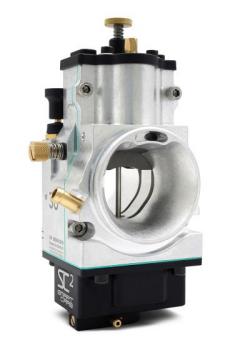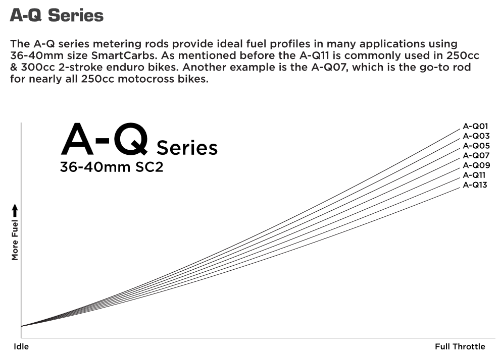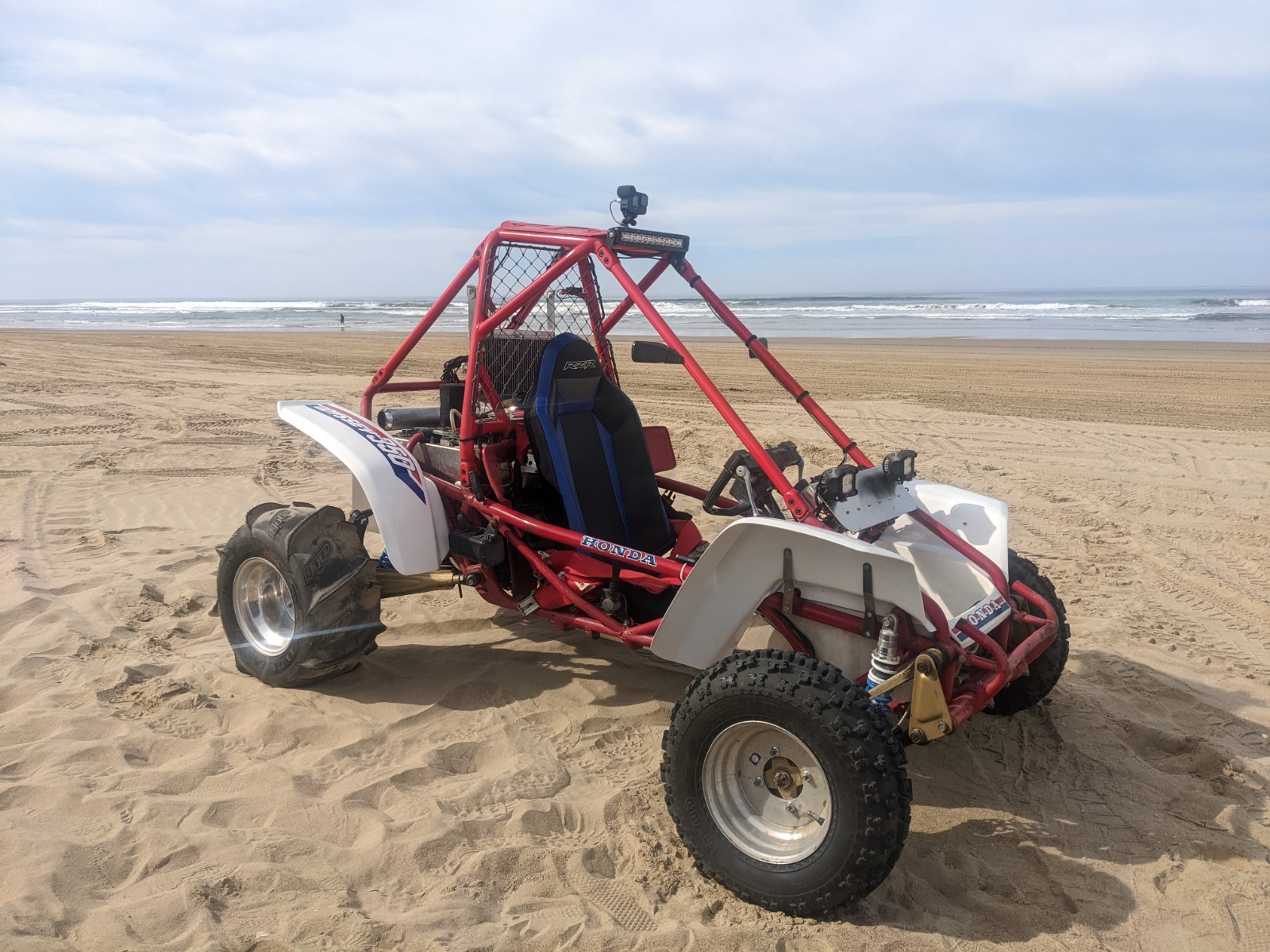How to Tune the Carb on a Honda Odyssey FL350R
Tuning the SmartCarb SC2 on your two-stroke Honda Odyssey FL250, FL350R or Honda Pilot FL400R can unlock significant performance gains while ensuring engine longevity. Two-stroke engines are known for their power-to-weight ratio and simplicity, but they demand precise tuning for optimal performance. Whether you’re tackling sand dunes or pushing your machine to the limit on the trails, a properly tuned carburetor is key to getting the most out of your FL350R. In this guide, we’ll walk you through the steps of tuning your SmartCarb SC2, from adjusting the metering rod to fine-tuning the clicker adjuster for ideal throttle response and power delivery.
Carburetor tuning has long been a cornerstone of engine performance, particularly for two-stroke engines. Before modern fuel injection systems became mainstream, mastering the art of carb tuning was essential for maximizing power and efficiency. Racers and mechanics would spend hours adjusting jets and needles to get the perfect air-fuel mixture, and this tradition still holds strong for high-performance two-stroke machines like the FL350R.
A well-tuned carb ensures your two-stroke engine runs efficiently, providing the power you need without sacrificing reliability. For the Honda Odyssey FL350R, tuning the SmartCarb SC2 not only enhances performance but also helps protect the engine from overheating and premature wear. Whether you're a weekend rider or a serious racer, understanding how to dial in your carb can make all the difference in both speed and engine health.


Step by Step Tunning Guide:
1. Install an EGT (Exhaust Gas Temperature) Gauge
- Before adjusting your carb, install an Exhaust Gas Temperature (EGT) gauge to monitor real-time engine performance.
- Why an EGT? While some rely on spark plug readings, these can be imprecise. An EGT gauge gives you a more accurate picture of what’s happening inside your engine.
2. Test in Real-World Conditions
- Take your Odyssey or Pilot for a ride in demanding conditions like sand dunes, which push your engine to work harder.
- Choose steep climbs where you can stay in the throttle for extended periods, and closely monitor your EGT readings during the ride.
3. Know Your Temperature Limits
- For longevity: Keep EGTs under 1200°F for extended engine life.
- For high performance: Operating between 1250°F and 1300°F provides a power boost but increases the risk of piston damage.
- For racing: Pushing temperatures above 1300°F is acceptable if you expect frequent engine rebuilds.
4. Adjust the Metering Rod
- The metering rod affects top-end or wide-open throttle settings.
- Think of it as the main jet on a traditional carburetor, regulating the fuel mixture when the throttle is fully open.
- If your engine is running rich (EGTs around 1100°F): Lean out by adjusting the metering rod one step up.
- If it’s running lean (EGTs above 1200°F): Richen the mixture by adjusting one step down.


5. Fine-Tune the Clicker Adjuster
- The clicker adjuster controls idle and low-end performance.
- Think of it as the idle or low-speed jet on a traditional carb. This is key for smooth performance at low speeds.
- Fine-tune the clicker adjuster on a long straight stretch of pavement, using a stopwatch to time your runs. Gradually lean or richen the mixture in 10-click increments until you hit the sweet spot.


6. Document Your Settings
Keep a detailed log of your times, EGT readings, and carb settings. This will help you track performance and make it easier to retune in the future.
Once you find your optimal settings, record them for future reference and to share with others!
Conclusion
Tuning the carb on a Honda Odyssey FL250, FL350R or Honda Pilot FL400R is key to maximizing both performance and engine longevity. By understanding the roles of the metering rod and clicker adjuster, you can fine-tune your machine for any environment, whether it's for casual riding or racing. With an EGT gauge and careful adjustments, you’ll keep your engine running safely while enjoying a noticeable performance boost. Happy riding!


